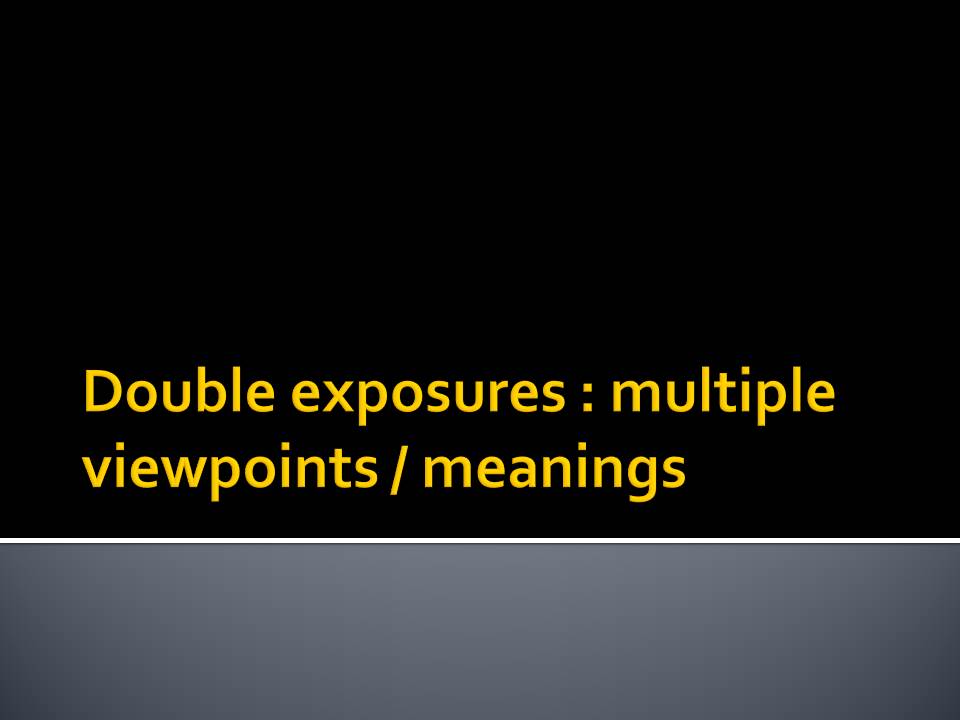


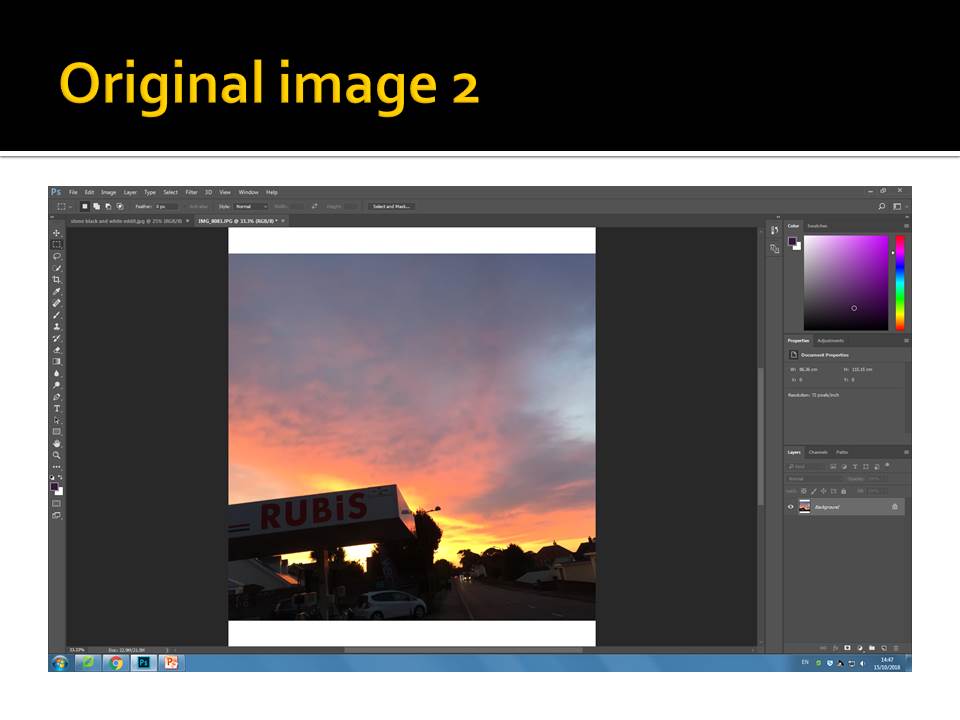

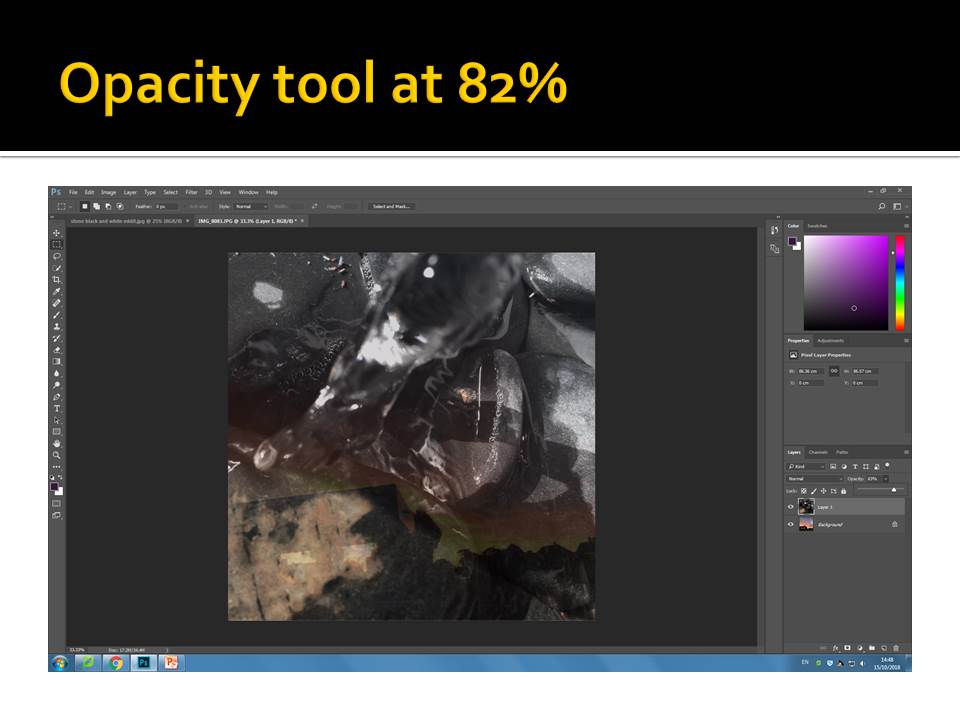
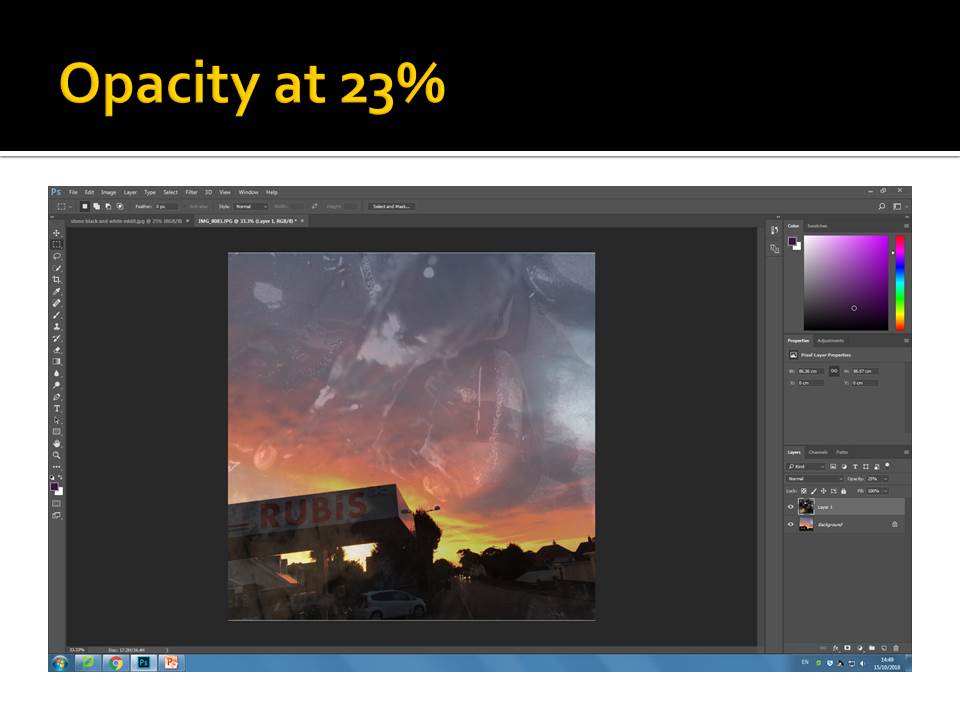
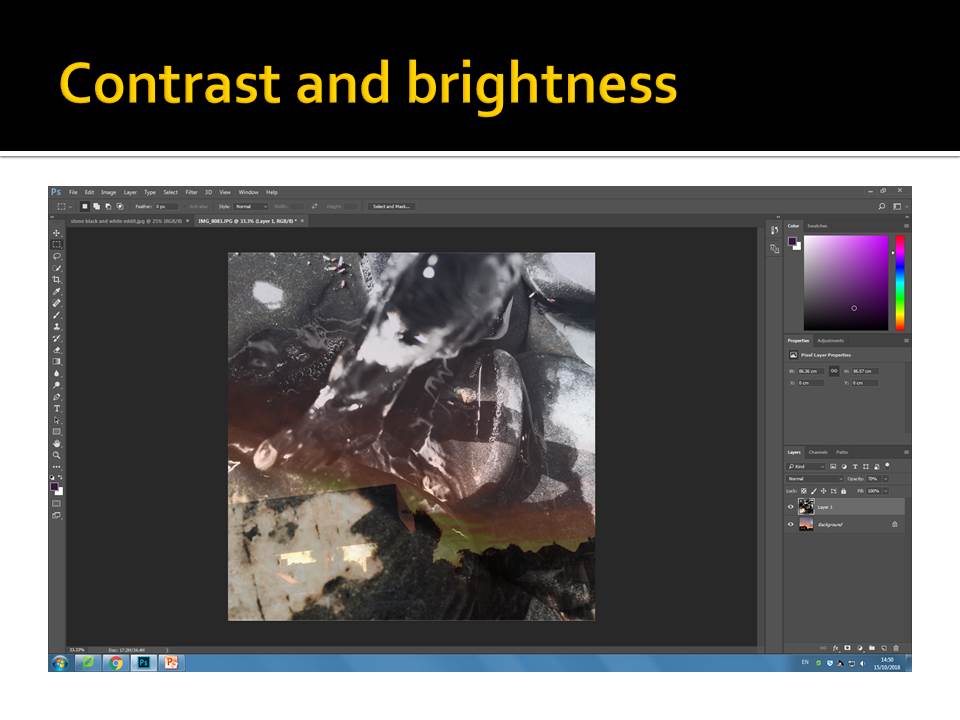
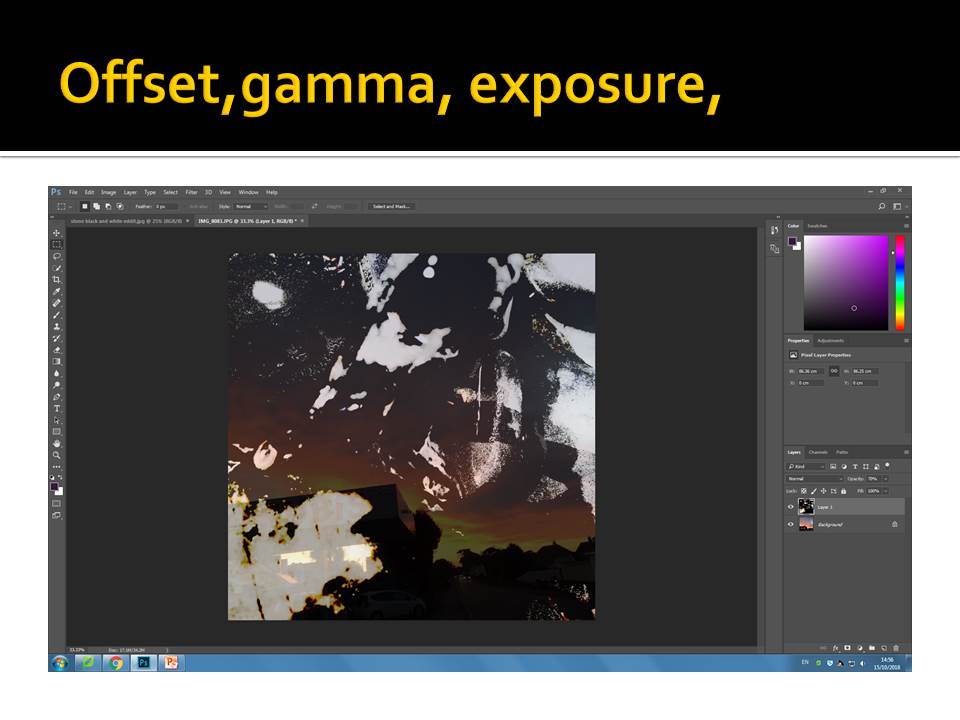

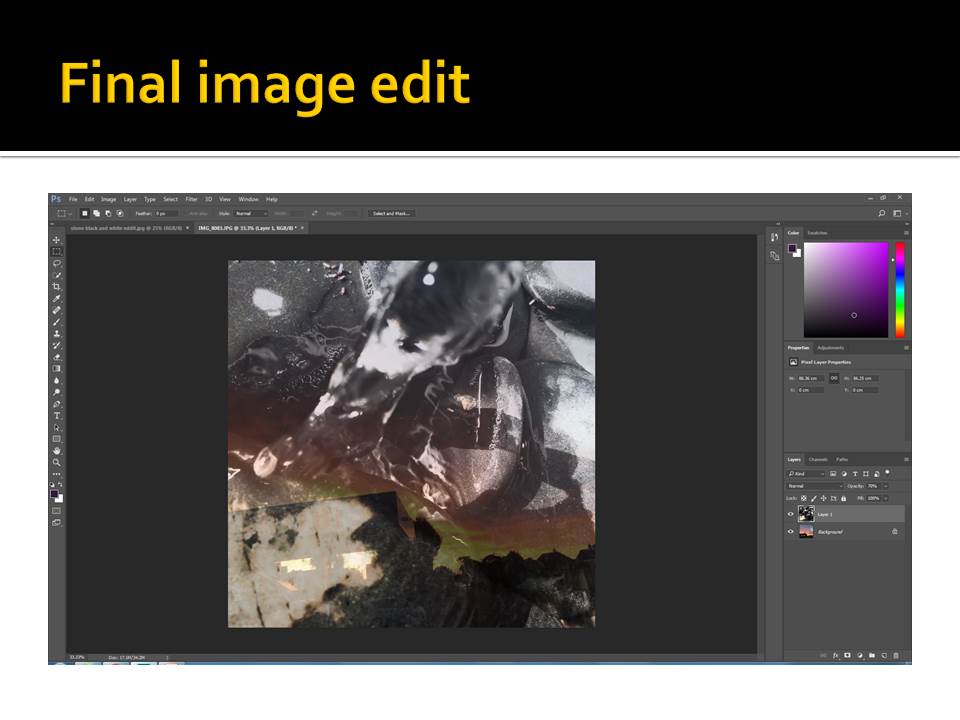
Category Archives: AO1 Develop Ideas
Filters
Edits and Ideas For Final Prints
Final Edits- Prints A5
These are my other final 3 images suit the topic of abstract photography. I was inspired to look at rock works and the way they form and overlap one another. This also links to texture and surface which in these images although all the detail is there the image tone and colour is quite neutral and the lighting is quite dim despite being on a medium brightness setting. I’m using these as my A5 images and I’m having them set like a story board as a set of 3.



I decided to change the setting on my images to make them black and white. I also edited the image by changing the brightness, exposure, black point, highlights, brilliance and the amount of shadow that is coming through the image.
Double Exposure
Double exposure
The repeated exposure of a photographic plate or film to light, often producing ghost image.
Here are some examples of my first attempts with just some random images I had found on my phone. For this image as I was at home and my laptop makes me pay for Photoshop I downloaded this app called PicShop. on this app all the settings were similar to those of photoshop so having tried it in the lesson and failed miserably I decided to try working on double exposure again as I wish to use this editing technique for my portrait edits when we move to that project.
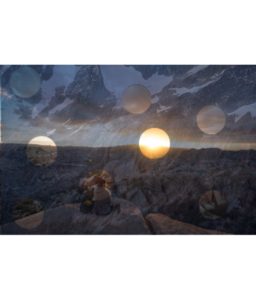
These images I thought worked well over layered because theres quite a high contrast of darkness from the background and then a light just peaking through immediately drawing all attention to it.
There are many artists that use or have used double exposure when developing their images as sometimes they use it to create a story or an idea behind it that some people might not understand. over layering like this can also be called double exposure which some artist take an form an image with a double meaning.
I have decided to chose an artist and try out different examples of their work but with my images.
Here we have some examples of Luke Gram’s Abstract photography work.

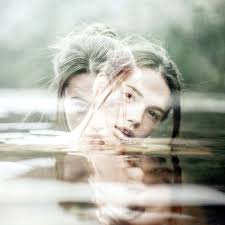
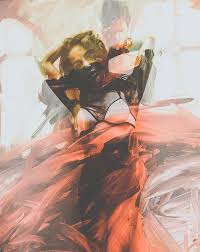
 these are just a few out of hundreds of images that Grams has taken. These are the ones that I thought suited abstract photography more as here we can tell he has mixed abstract photography with portrait to create doubling meanings of humans being connected to nature through elements of water, fire,sun and wind. These images stood out to me as I interpret these as images he has focused on creating a story when a person is looking at them closely. He has not only bought in different patterns and texture he has managed to fade objects around the image but still being able to visualise the woman face. I think this is significant because without the portrait side of it the images may have began to look a bit disorientated as there would have been to much going on around those images.
these are just a few out of hundreds of images that Grams has taken. These are the ones that I thought suited abstract photography more as here we can tell he has mixed abstract photography with portrait to create doubling meanings of humans being connected to nature through elements of water, fire,sun and wind. These images stood out to me as I interpret these as images he has focused on creating a story when a person is looking at them closely. He has not only bought in different patterns and texture he has managed to fade objects around the image but still being able to visualise the woman face. I think this is significant because without the portrait side of it the images may have began to look a bit disorientated as there would have been to much going on around those images.
Luke Gram Bio-He is not only a abstract photographer but he photographs people aswell. His images are taken according to him to capture the “serenity and power of life. He does this by placing humans in natural habits like i.e. the forest in the image above. His over lays are also natural places like the ocean, beaches and tree’s .He was about 18 years old when began taking photography seriously. He earned degrees in psychology and history from the University of British Columbia. He previously worked in the Canadian Oil Sands
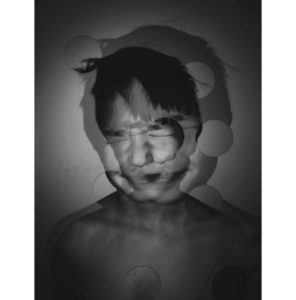
I was inspired by Luke grams work but decided to only have two layers of the same image overlapping one another. However instead of me creating both images to be very visable I made them both quite dark and heavy on shading which then allows the small circles to show elements of the image from underneath.
I tried also at doing another attempt using the images I’ve chosen as my final prints.
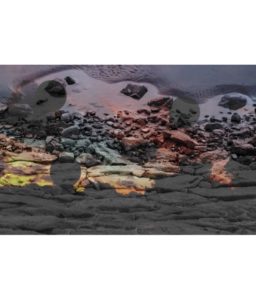
For the image above I used the same app called PicShop which allowed me to use my final image of the rocks and one of my landscape works that I used for art and used one of the effects called Hue on number 59 to be able to get the colors as bright as I wanted.
Having worked on these images, I have gained a wider understanding on different ways and ideas on developing my images to make them stand out and not just sit with my basic black and white edits which I chose to do for my abstract final images. Additionally I think that all these ideas and images have been successful at presenting the theme of abstraction. Each image I have created has different shapes which order out in a unique way, in which I have used to reveal certain aspects of the image. By doing this it has allowed the public to look at certain parts of the image which they may not have originally noticed because the image would have been on such a larger scale. It also allows the main focus point of each edit to be more visible and easier to identify.
Due to the edits being the way they are there’s a bit of negative space that I could have cropped out, however I like the negative space because it gives a sense of space and doesn’t make the image look all cramped together. I am very happy with the way these edits have come out as they clearly show development of my understanding of abstraction.
White Balance
What is White Balance?
‘White balance (WB) is the process of removing unrealistic color casts, so that objects which appear white in person are rendered white in your photo. Proper camera white balance has to take into account the “color temperature” of a light source, which refers to the relative warmth or coolness of white light. Our eyes are very good at judging what is white under different light sources, but digital cameras often have great difficulty with auto white balance (AWB) — and can create unsightly blue, orange, or even green color casts. Understanding digital white balance can help you avoid these color casts, thereby improving your photos under a wider range of lighting conditions.’
Definition from: https://www.cambridgeincolour.com/tutorials/white-balance.htm
Video Explaining White Balance:
Experimentation: 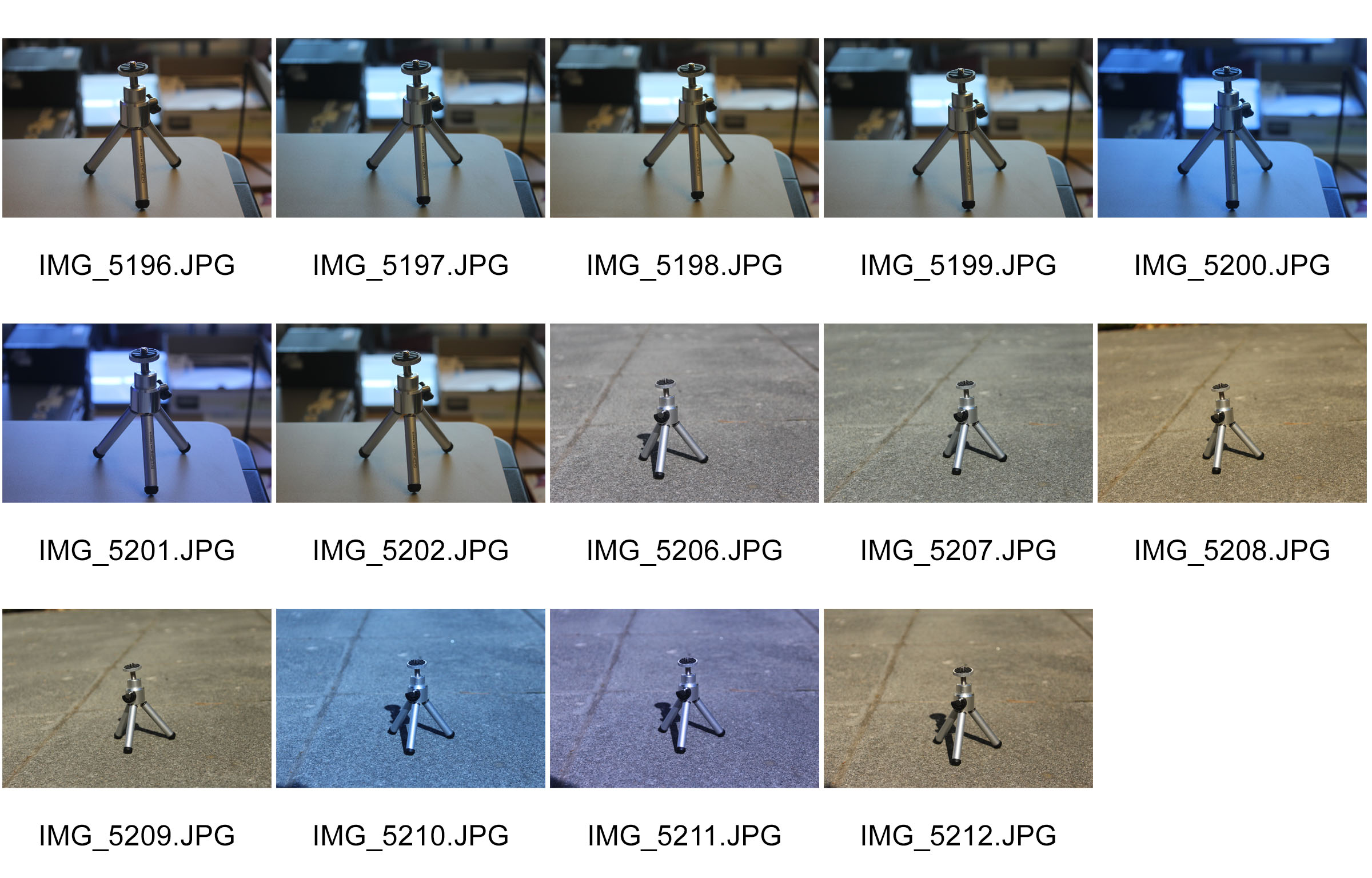
When I took this photos, I changed the white balance on the camera settings. The first 7 photos are indoors and the following 7 are outside. The different types of white balance I used were: Auto, Tungsten, Florescent, Daylight, Cloudy, Flash and Custom. The change in white balance is clearer outside than it was inside, as the natural light outside was a lot stronger than the indoor artificial light.
Final images
A3 piece: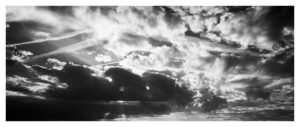
I chose this piece because it shows my editing, cropping and photography skills. Although it seems to have a lot going on, with multiple different shaped clouds, with the right presentation I can turn it into something abstract. I will most likely cut up the images into rectangles and to switch them around, or I will put a black boarder on top of it, only revealing the parts I want revealed. This work was inspired by Alfred Stieglitz and his cloud works, where he filtered them into black and white and made the contrast between light and dark apparent.
A4 piece:
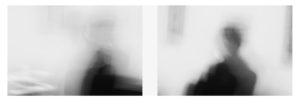
I chose these two pictures because it shows my skills when using slow shutter speed on a camera, and I liked how it came out. It also reminds me of the photographer Ralph Eugene Meatyard and his blurry black and white figures works. I chose to present them together because they were taken of the same person, using the same settings on the camera, and they hold similarities but are also different. I also believe that the simpleness of these images give it a nice tone, and comply with the abstract unit.
A5 piece:
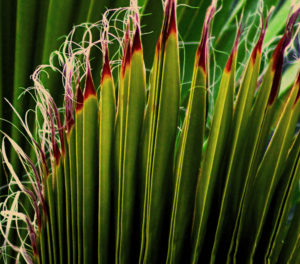
I chose this image because it shows my photography skills when it comes to using a long lens camera. You can see the details on the leaves, and the editing I did on it made it appear more vibrant and colourful. It also appears to be abstract, which goes well with the unit.
Aaron Siskind Analysis & Response
Aaron Siskind was an American photographer who was closely involved with the abstract expressionist movement.
Siskind’s early work contributed to a social documentary of Harlem, New York. This was known as the Harlem Document. Siskind also identified with the ideas and styles of the Abstract Expressionist artists in New York in the 1940s. In these later photographs he continued to emphasize the modernist concern with the flatness of the picture plane, but intensified his approach to picture making – with close-up framing, as well as emphasis on texture, line, and visual rhymes – creating abstract images of the real world.
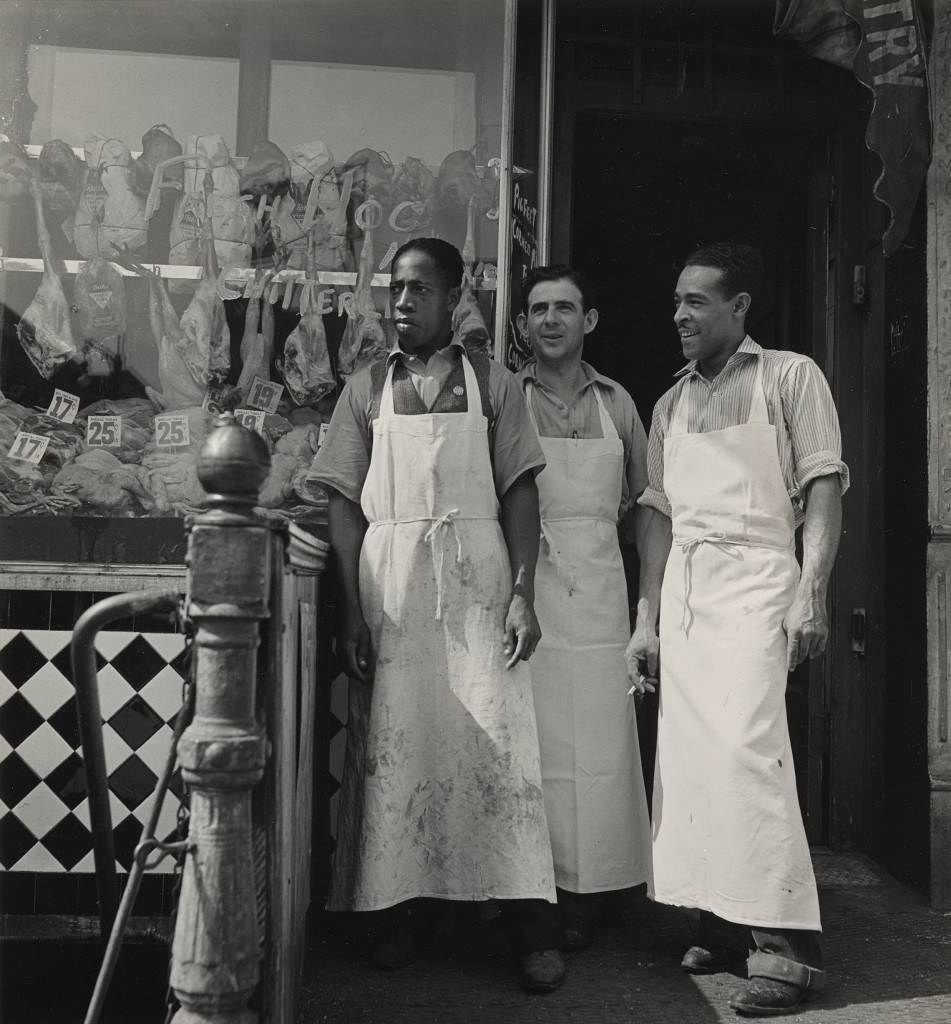
An image from the Harlem Document.
Mood Board
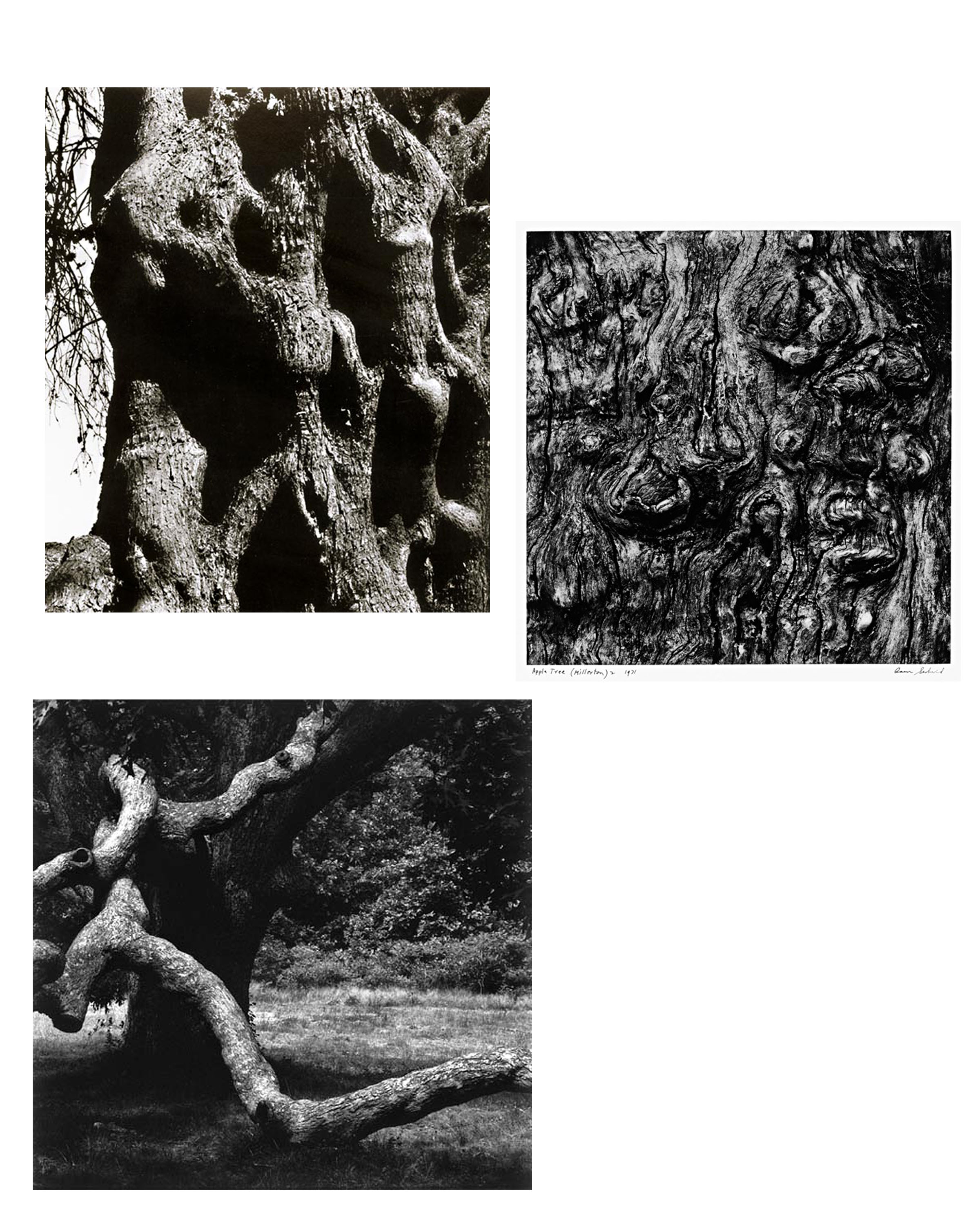


Images By Aaron Siskind.
Photo Shoot
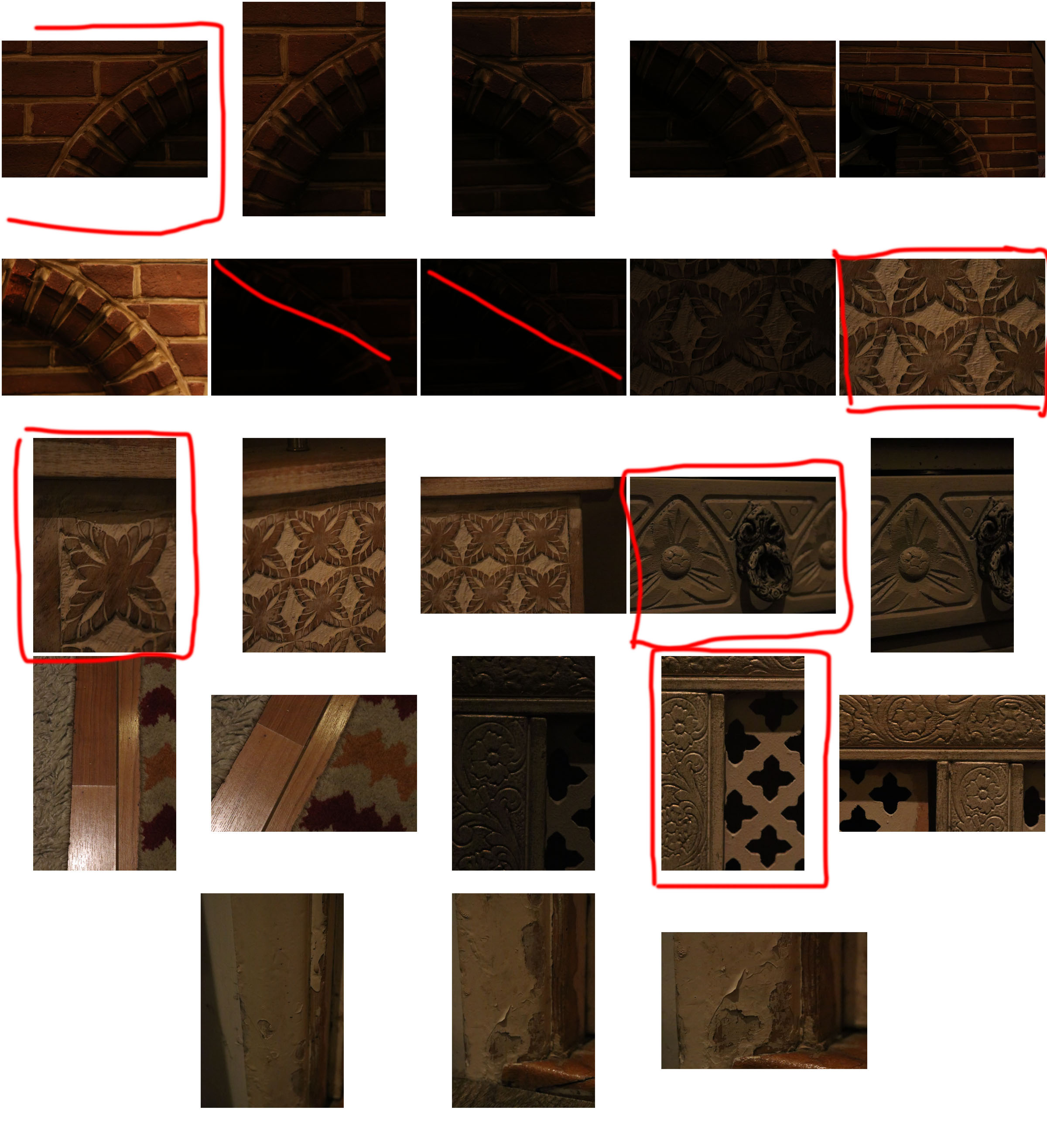 Favourite Images
Favourite Images





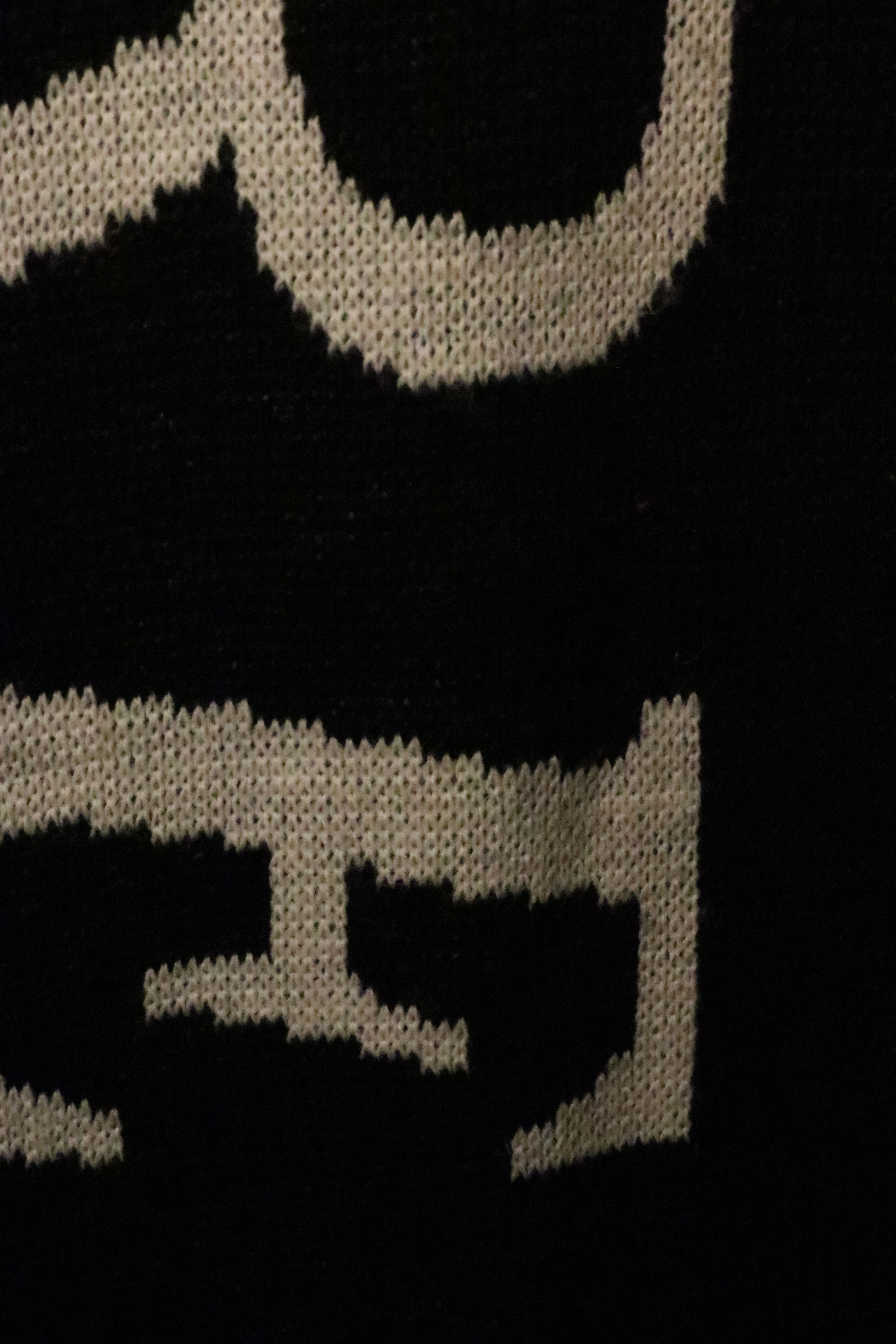
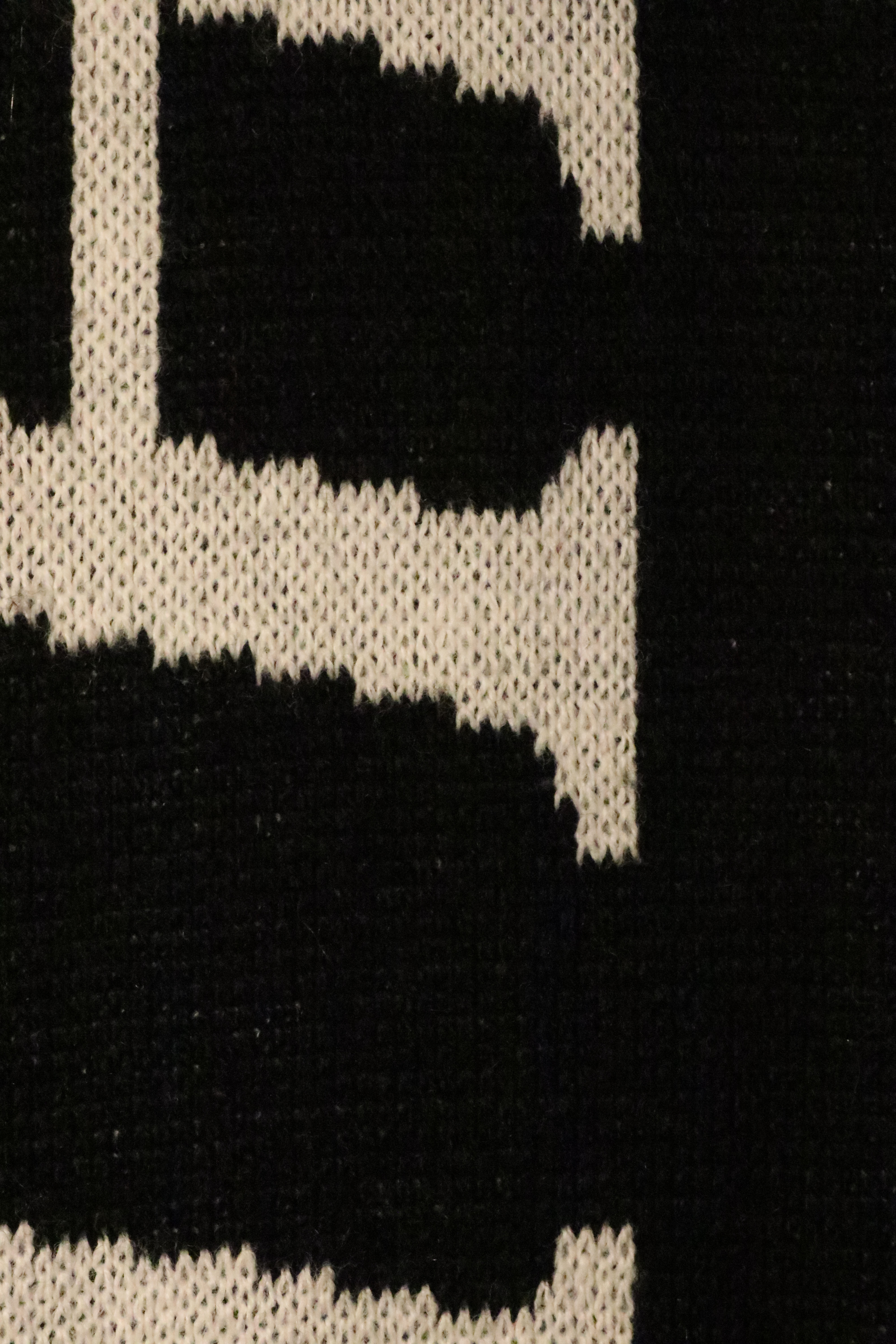
Editing

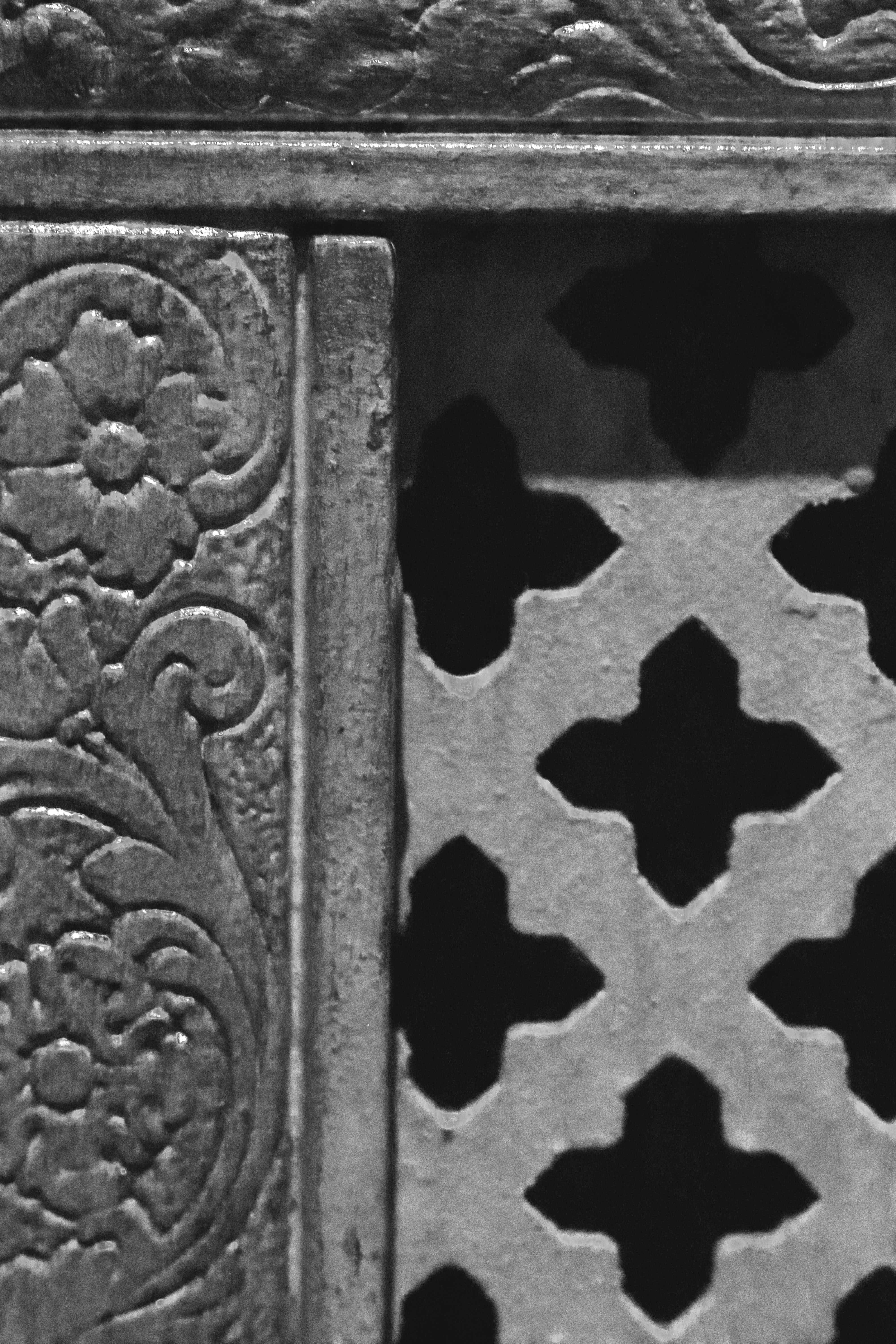

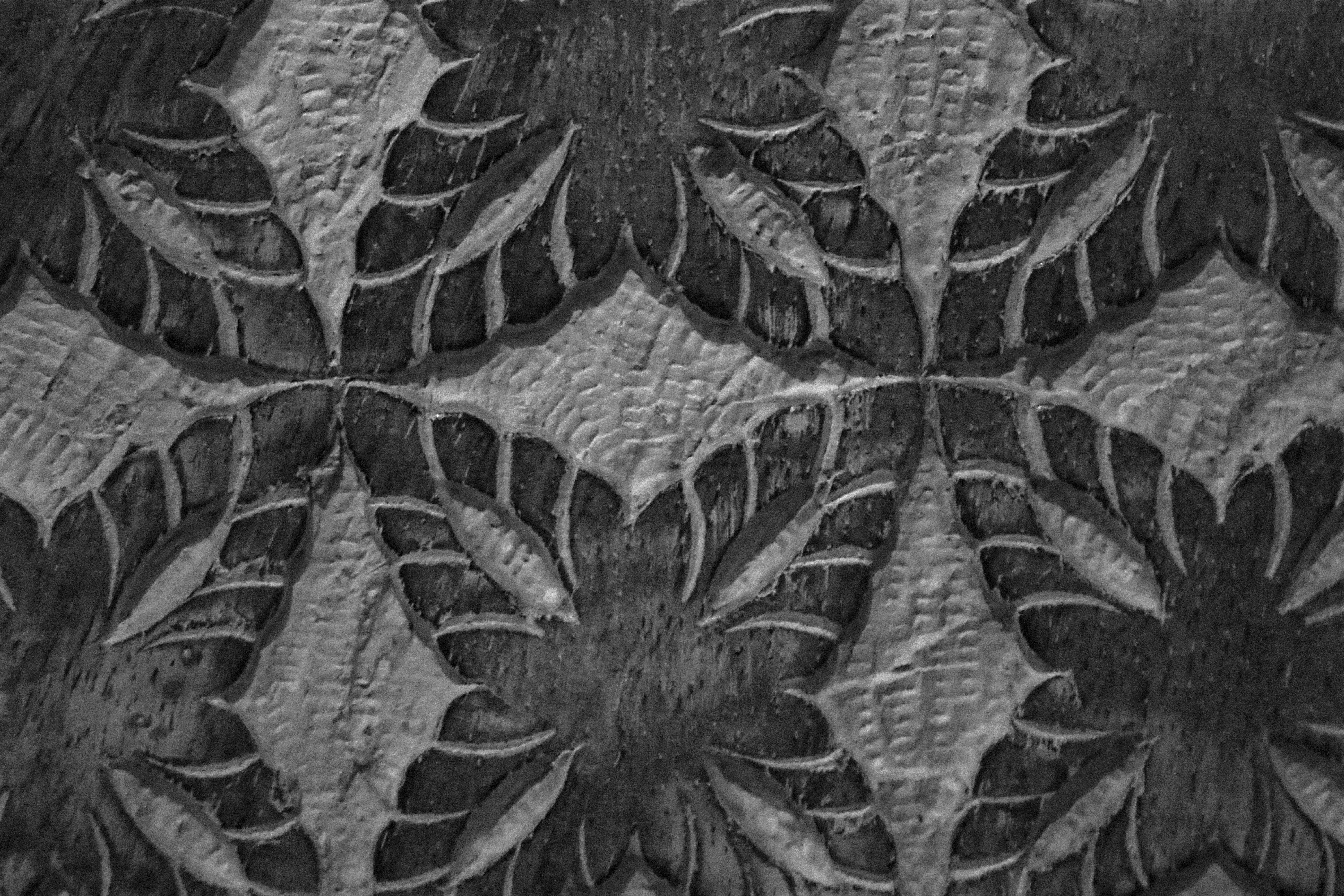
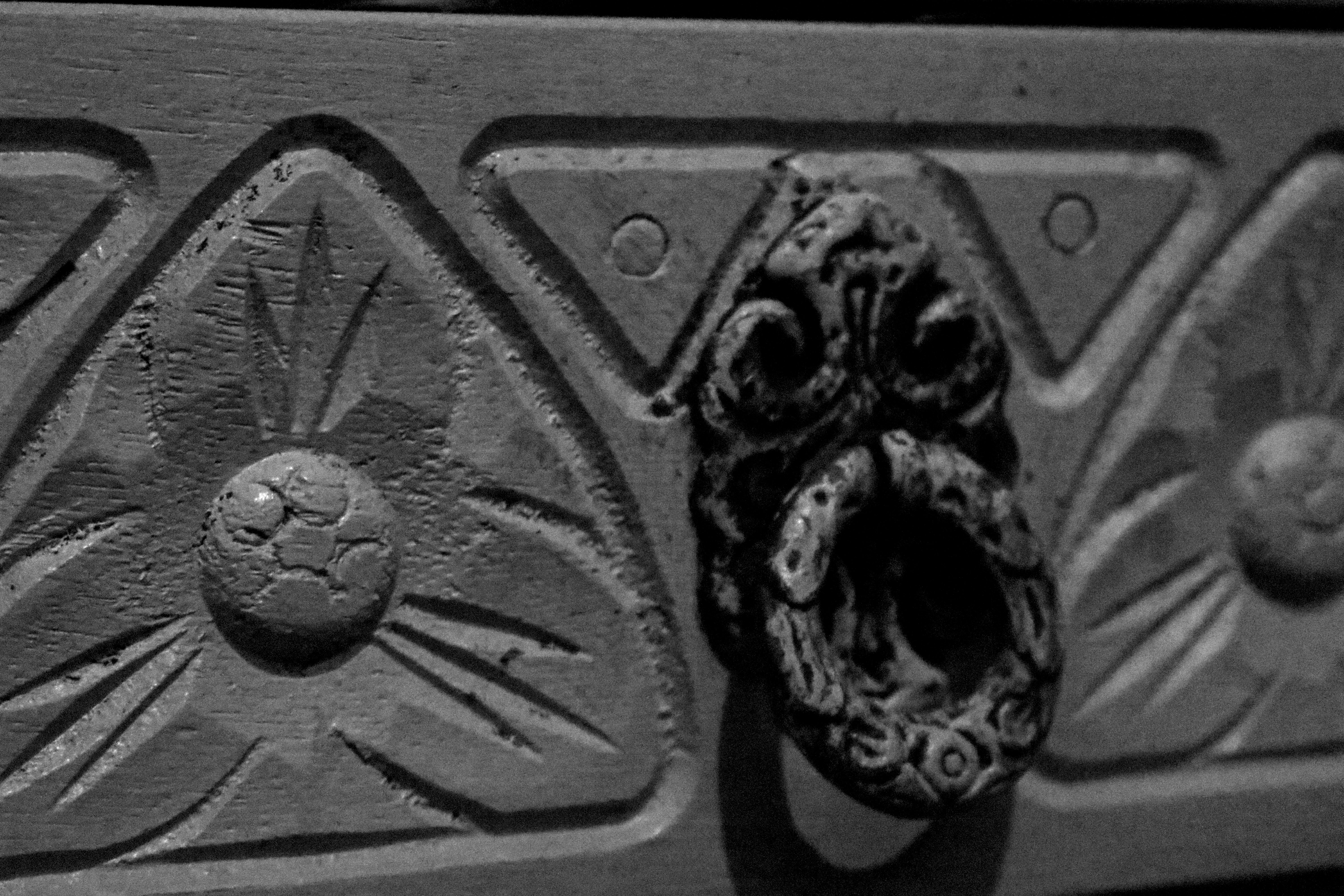
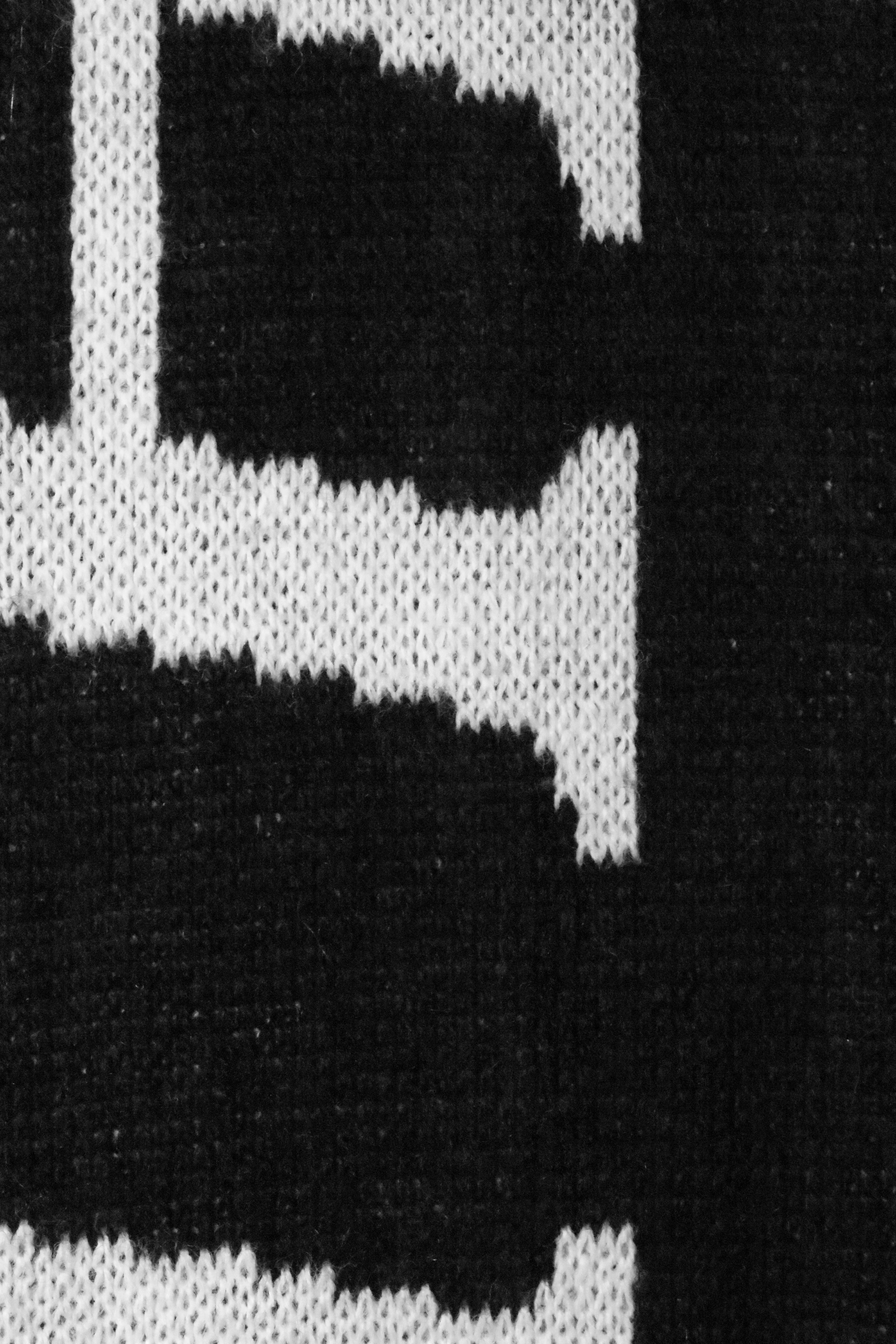

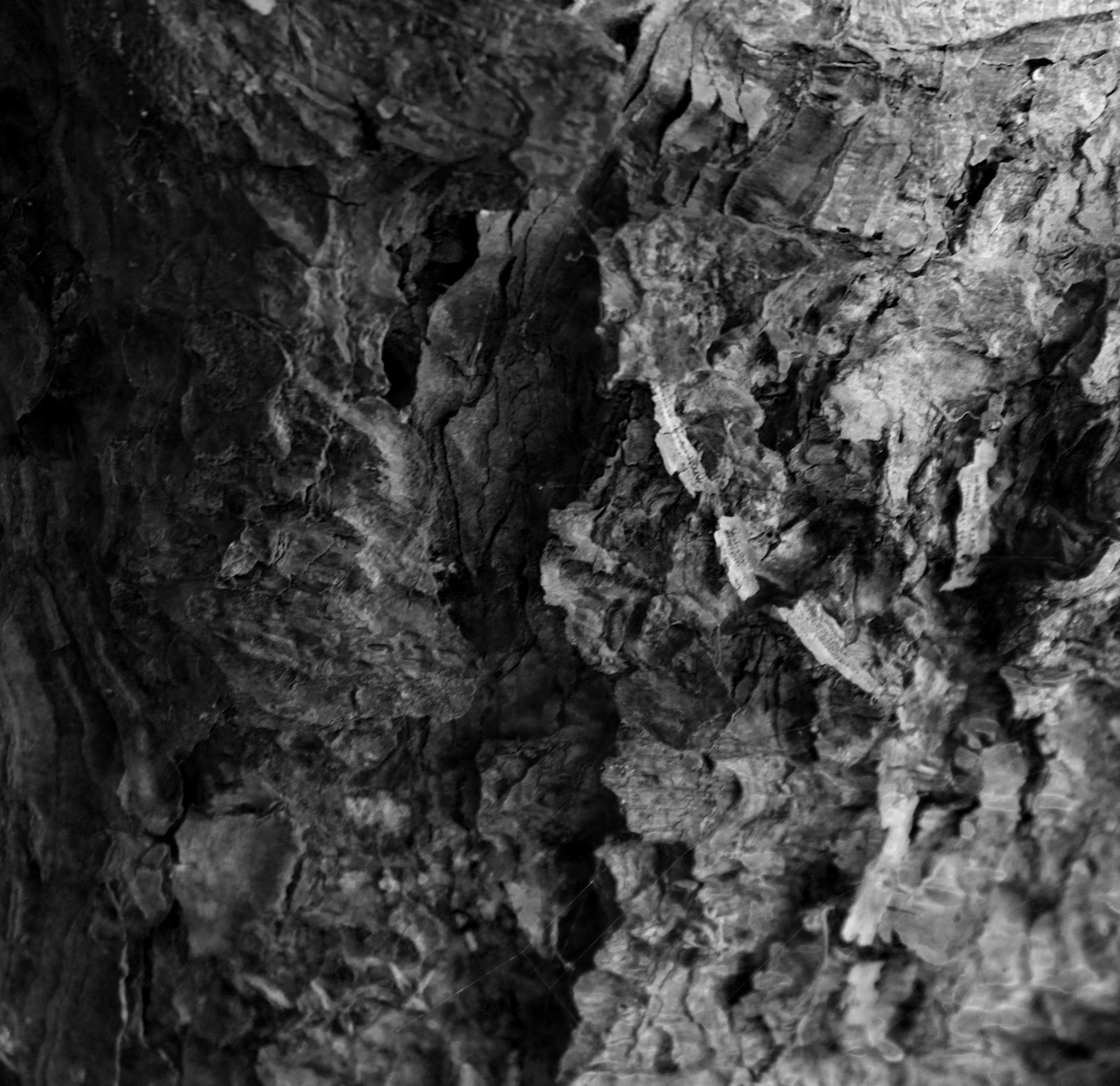
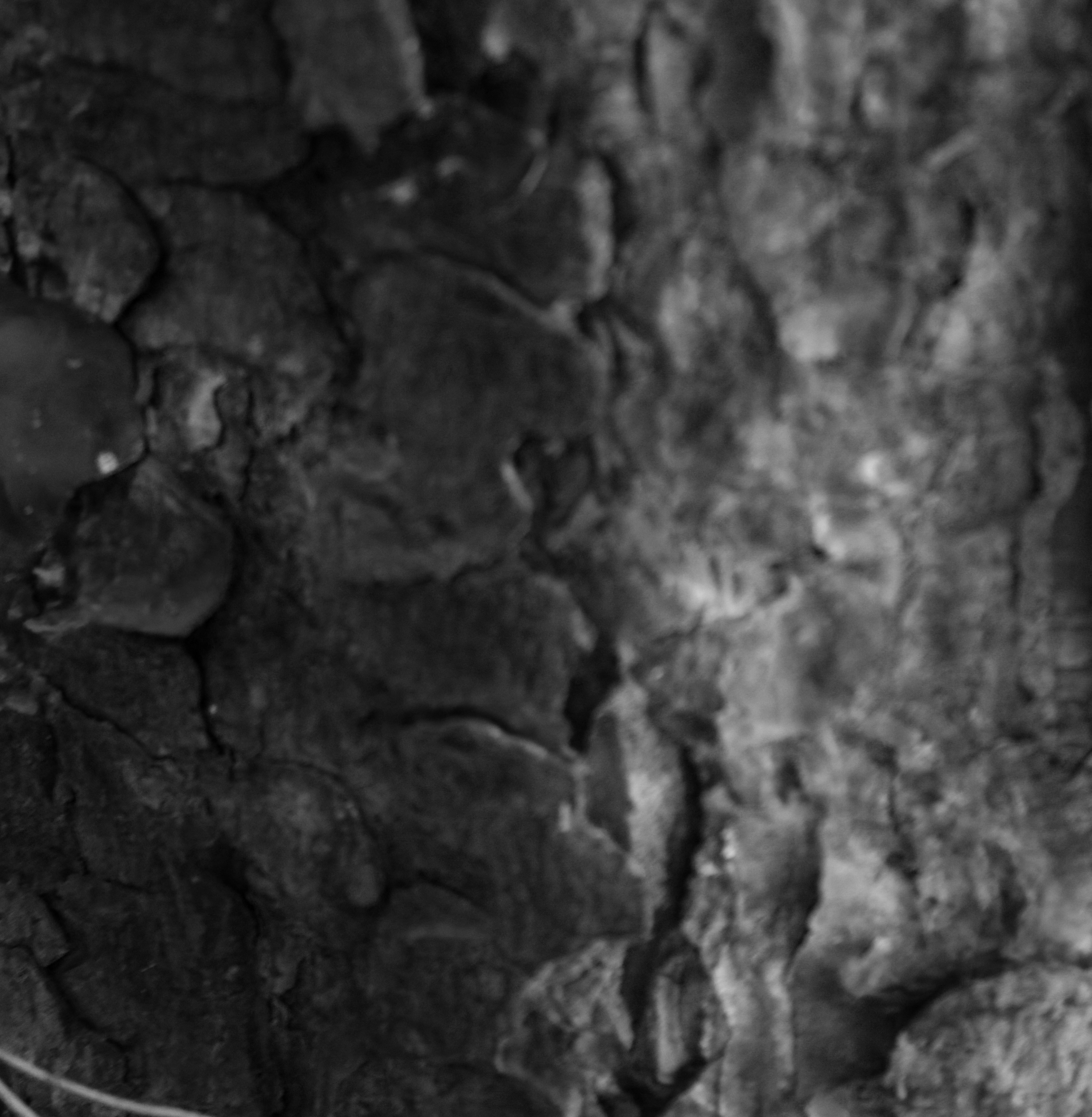
Analysis & Response to Albert Renger-Patzsch
Albert Renger-Patzsch was a German photographer associated with the New Objectivity.
Renger-Patzsch was born in Würzburg and began making photographs by age twelve. After military service in the First World War he studied chemistry at Dresden Technical College. In the early 1920s he worked as a press photographer for the Chicago Tribune before becoming a freelancer and, in 1925, publishing a book, The choir stalls of Cappenberg. He had his first museum exhibition in 1927.
A second book followed in 1928, Die Welt ist schön (The World is Beautiful). This, his best-known book, is a collection of one hundred of his photographs in which natural forms, industrial subjects and mass-produced objects are presented with the clarity of scientific illustrations. The book’s title was chosen by his publisher; Renger-Patzsch’s preferred title for the collection was Die Dinge (“Things”).
In its sharply focused and matter-of-fact style his work exemplifies the esthetic of The New Objectivity that flourished in the arts in Germany during the Weimar Republic. Like Edward Weston in the United States, Renger-Patzsch believed that the value of photography was in its ability to reproduce the texture of reality, and to represent the essence of an object.
In reponse to Renger-Patzsch, I have Taken photographs which experiment and focus on: focus, line, and the theme of object. For this I have used a school camera with a high zoom lens, and my own camera which has a regular lens.
What I most enjoy about Renger-Patzsch’s images is that they focus more on the line and aesthetic of the objects, and feature almost no other concepts. This allows the viewer to subjectively fabricate their own conclusion about the intentions behind the images.
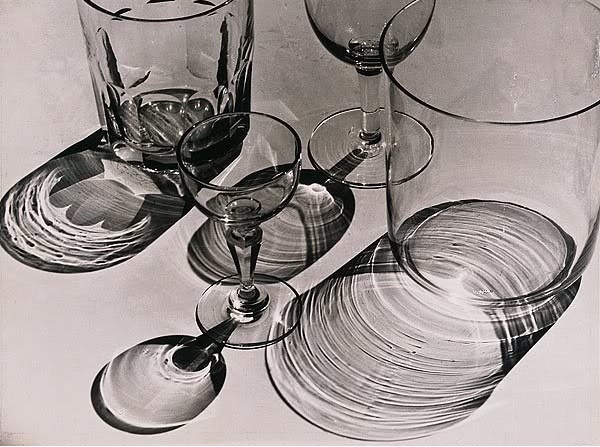
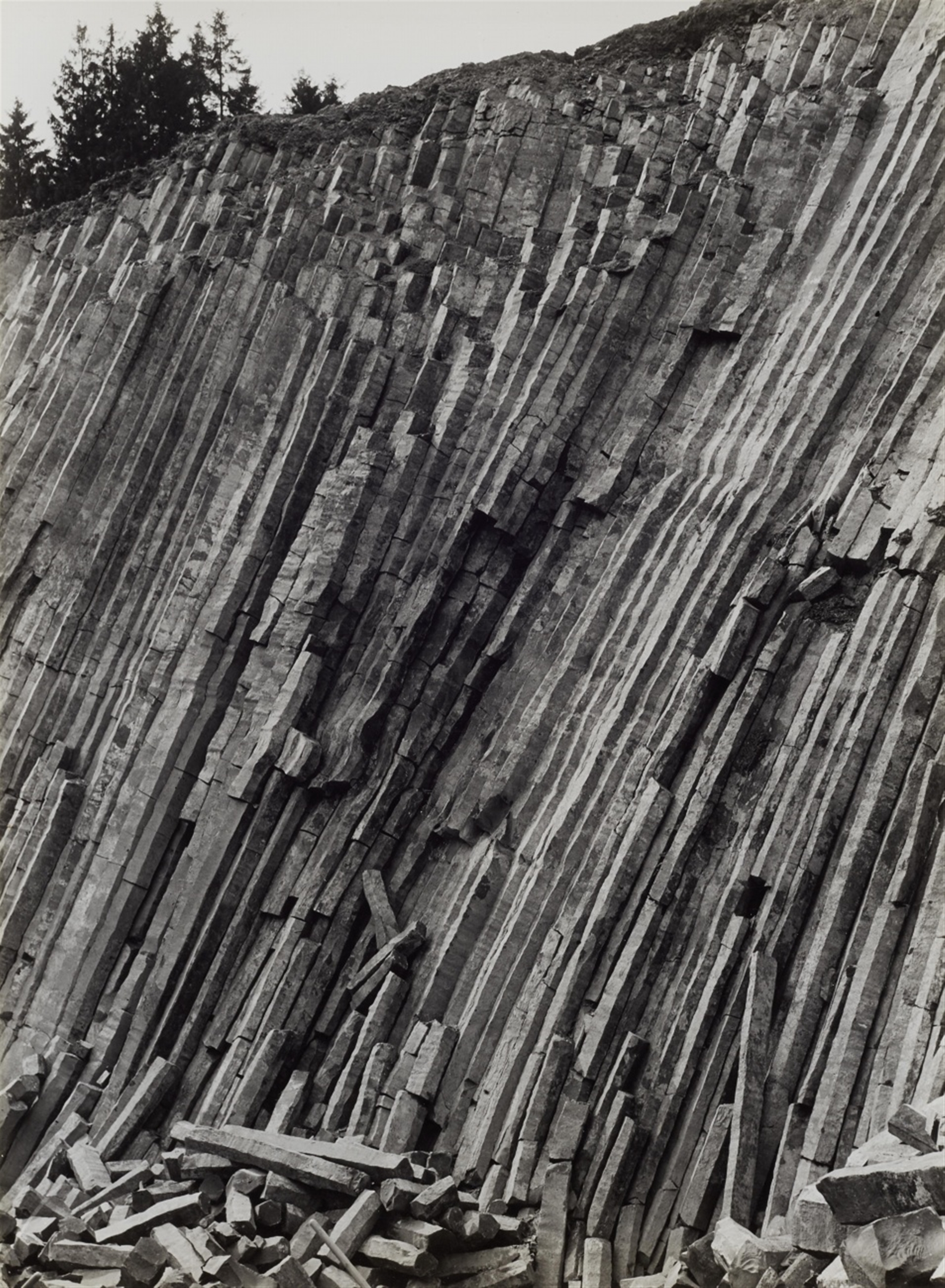
 3 Images By Albert Renger-Patzsch
3 Images By Albert Renger-Patzsch
Best Outcomes From Response
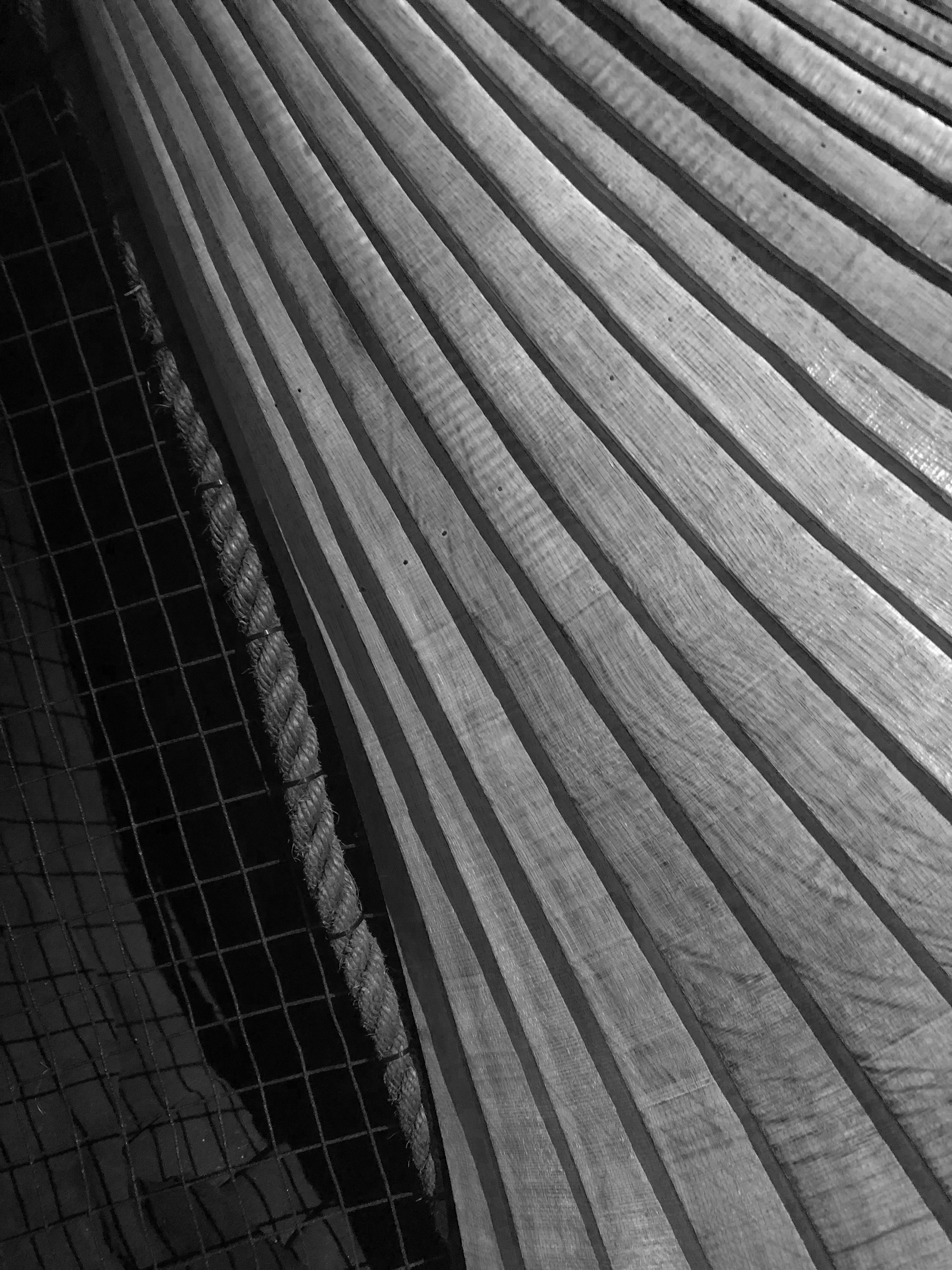


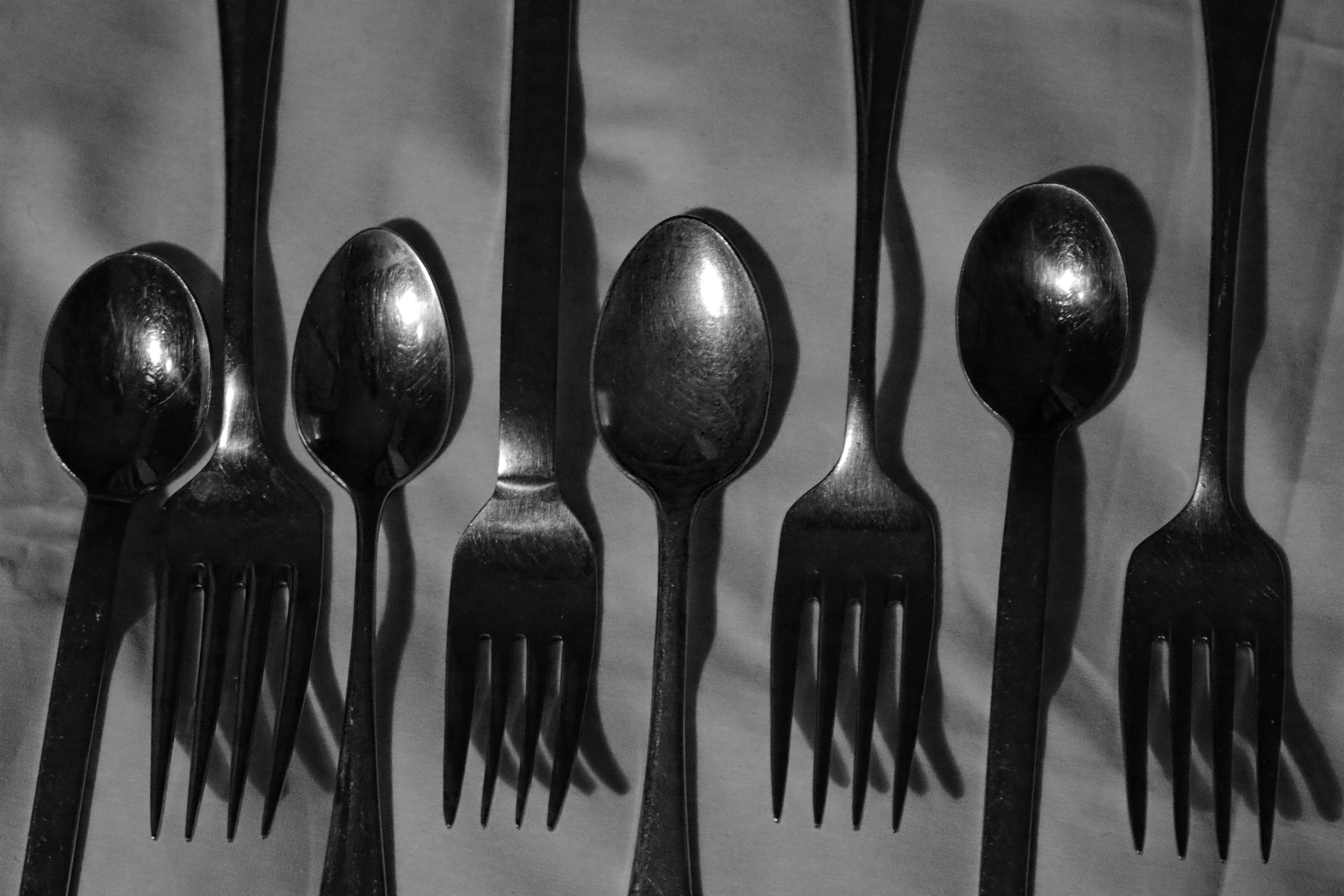
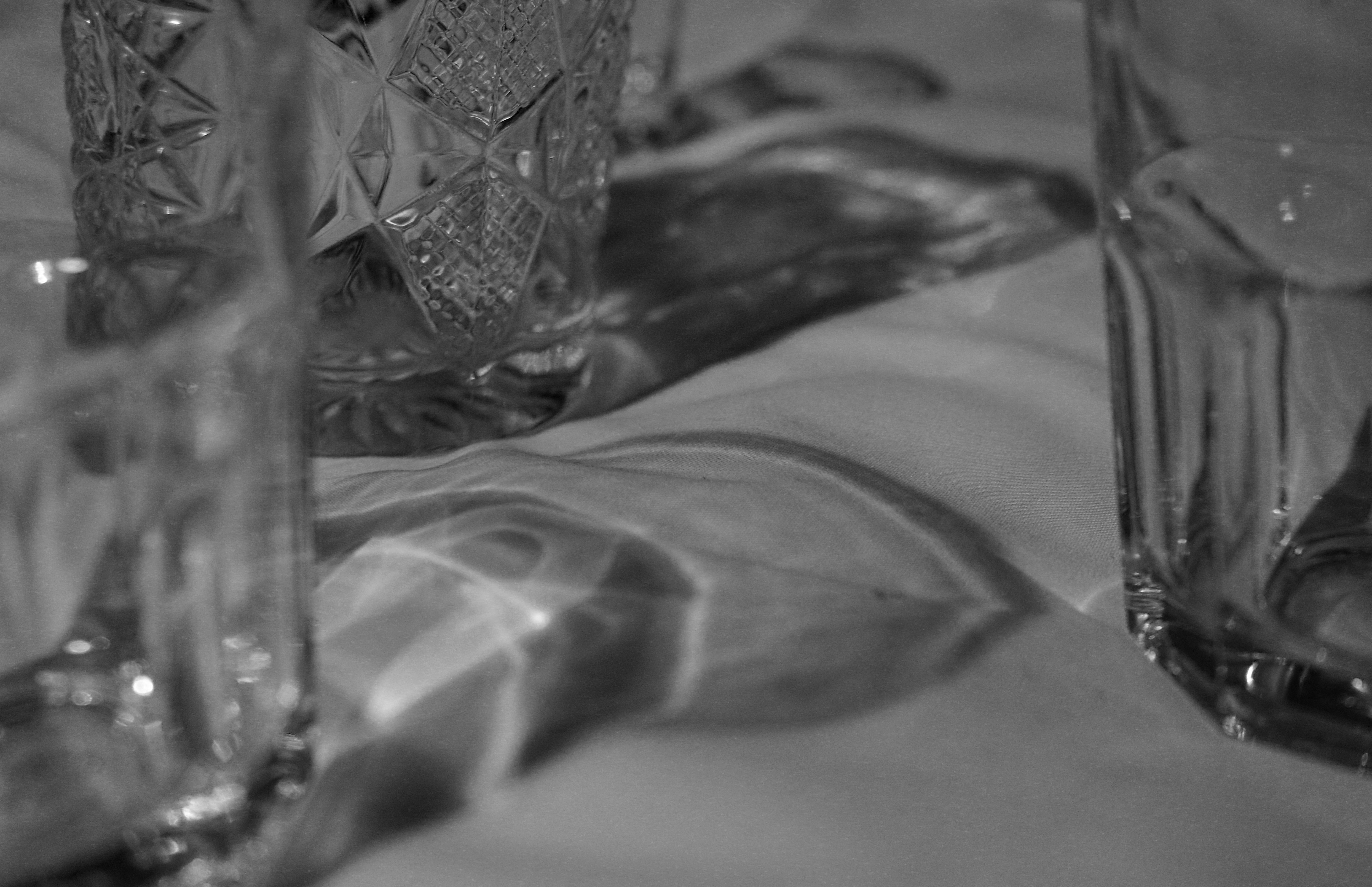
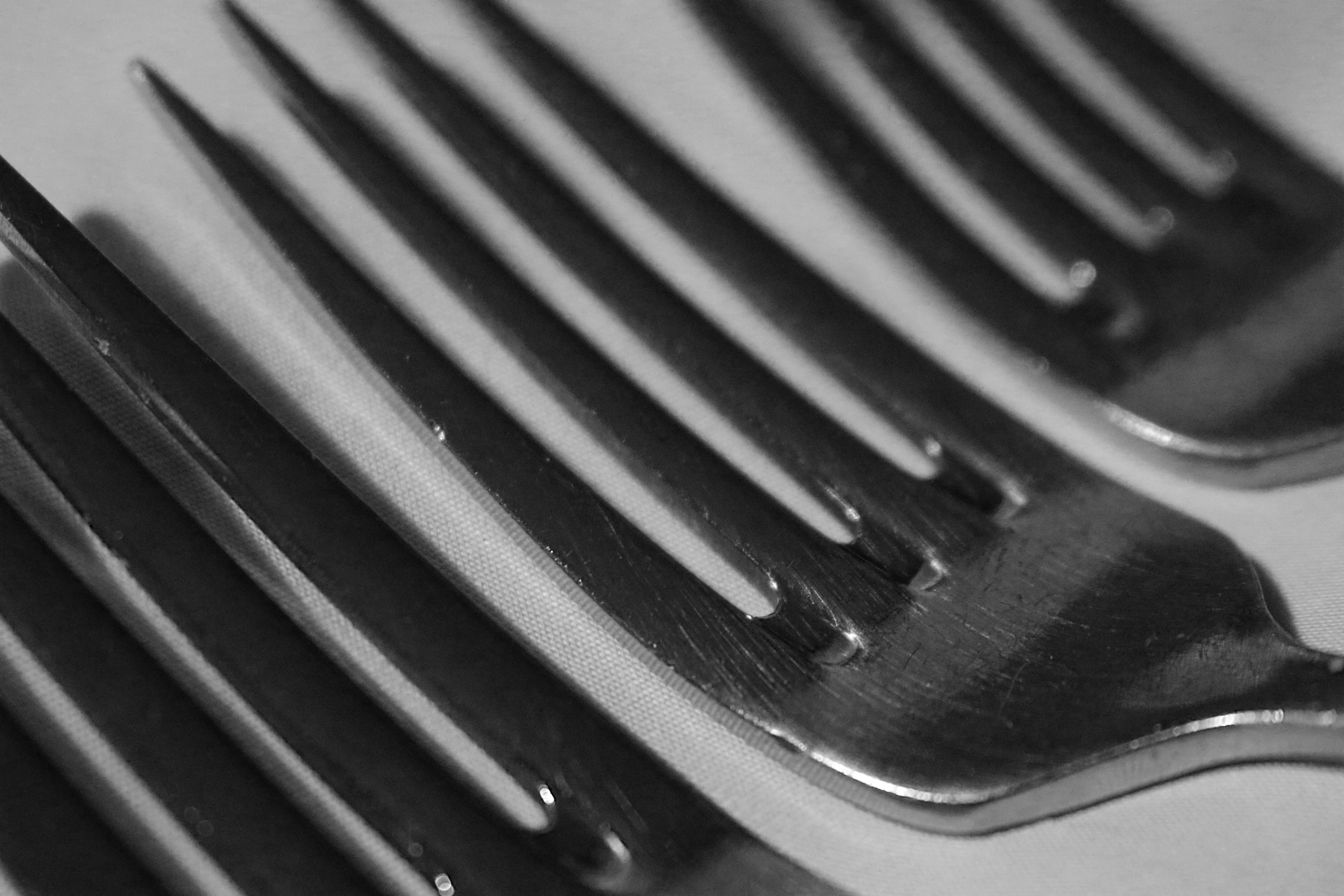
Possible Final Image Layout
IDEAS AND INSPIRATION:
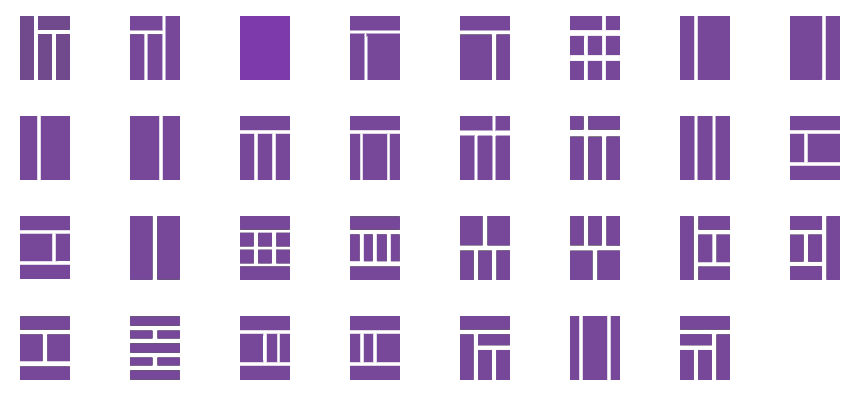
These are possible layout ideas for my final images which I selected previously. They range from full image layout, to cropping it parallel and arranging them with additional photos. I have a total of 6 images that I am able to combine and put into a layout. It will be a difficult arrangement as each image comes in a different format, some being more panoramic, some rectangular and some in a regular A4 or A5 format.
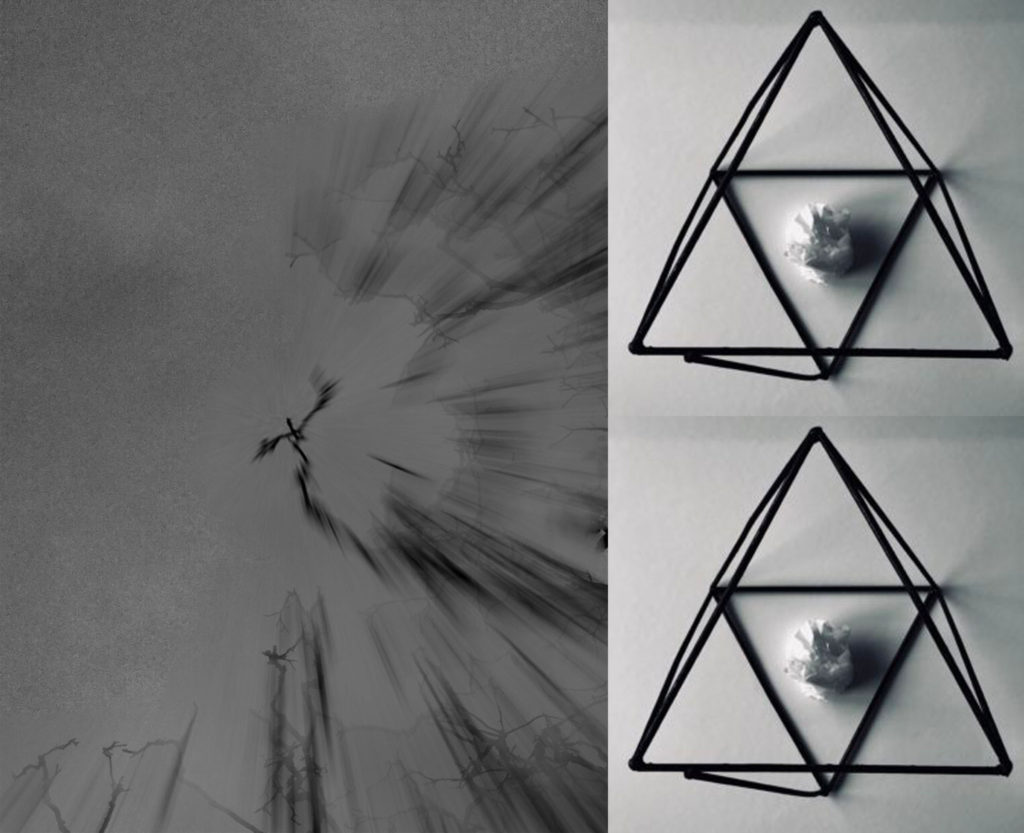
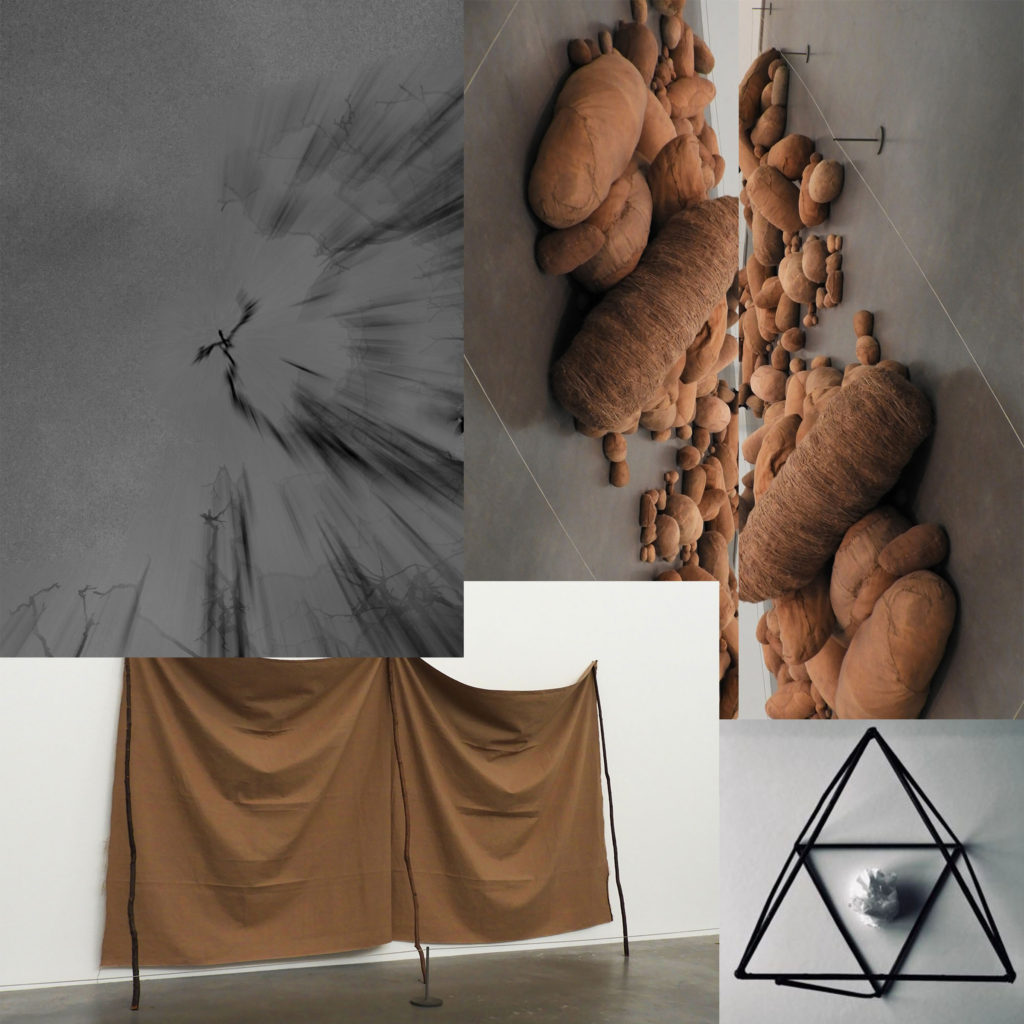
This is another possible layout idea which could work for my final piece, but it is difficult to determine whether this will be the right way to do it as the sizes of the photos are not relative to their actual sizes (A3, A4, A5). I like the overlapping of the images as they harmoniously blend into each other. The simple color pallet of all the images means that they can be easily grouped together without clashing or looking out of place, it also allows me to group the images without having to crop any of them which makes the whole process a lot simpler and easier.
Final Images For Abstract Unit
These three images I have chosen to print are my favorite and most successful photos over the abstract project. My A3 print is a combination of three separate photos taken from the same shoot which was about exploring blur motion, focal points and negative space. The first photo situated on the left hand side was taken in the intention of having the plant in focus and the background as blurred negative space as i wanted emphasis on the vibrant red and detailed stalk, as i felt the contrast between the dull murky background and the bright plant would fit well together. The second photo in the middle is similar to the first but I made it black and white, to match with Ralph Eugene Meatyard’s Zen Twigs work. ISO 200-39mm-1/50-ƒ/5.6, these were the setting I had my camera set to to take this photo, I ensured my camera has a middle focus, in order the capture as much detail as possible from the plant as well as being able to display that I can use negative space effectively within my photos. The third image on the left is completely blurred the background and the plant, this is also inspired my Meatyard’s work. I chose to place them in a repetitive structure to extenuate the similarities of the three pictures. I felt that the black and white worked well as a contrast in the middle between the colourful pictures.
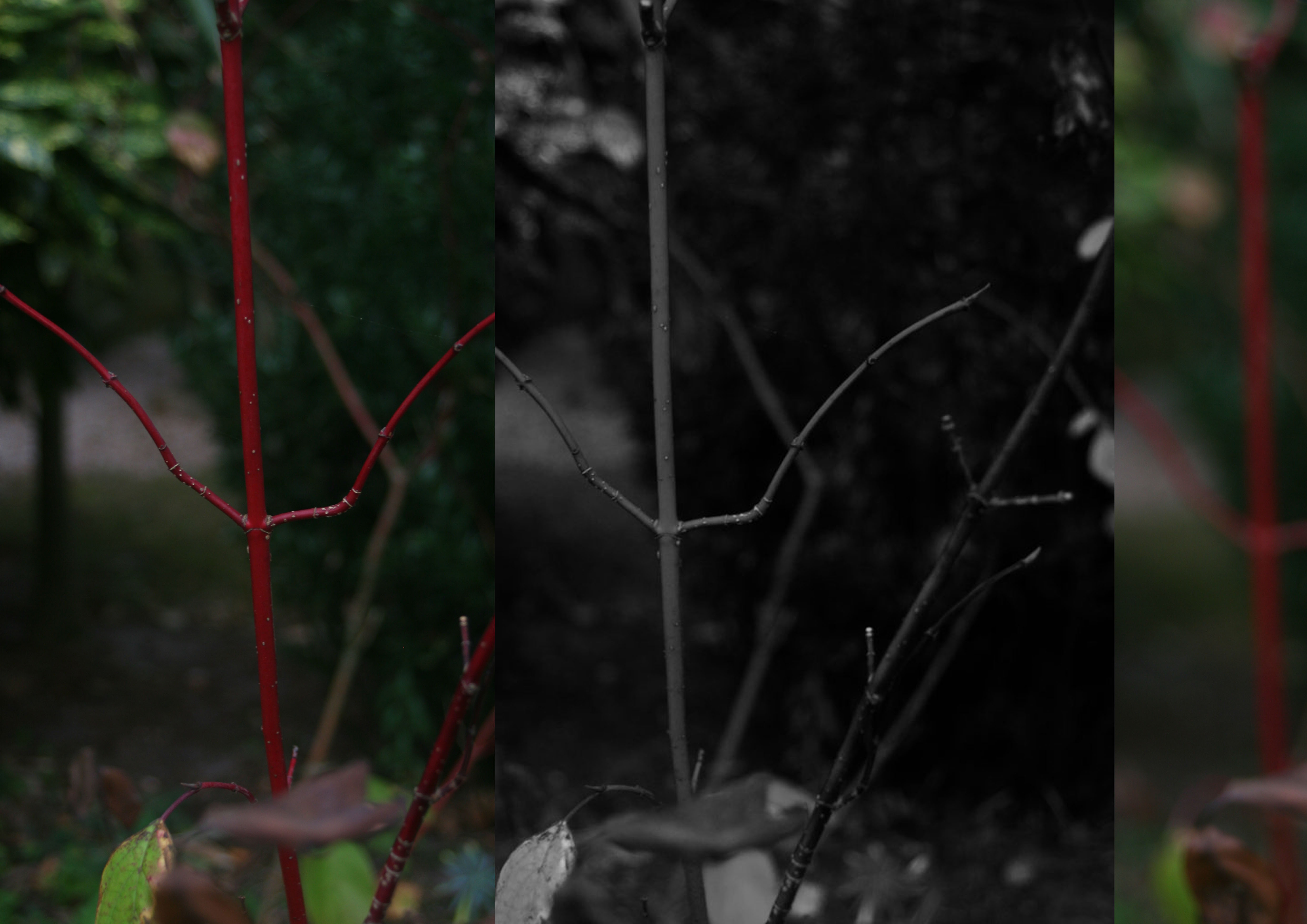
My second print is a combination for two photos from my pre AS summer task. The shoot was inspired by Jan Groover an American photographer who was among the very best still life photographers since the medium’s invention. Her Kitchen Still Life photographs were first exhibited at Sonnabend Gallery. She received a John Simon Guggenheim Foundation Fellowship in 1979. In 1987, Groover had a major retrospective at the Museum of Modern Art which subsequently toured the United States. Her work has been exhibited and included in the collections of most major museums worldwide, and continues to influence a new generation of artists. Groover moved to France in 1991, with her husband, the painter Bruce Boice, who still lives there. I cropped both photos in order to focus on the detail in the pipes, the reflections from the natural light and the cobwebs. The layout of the photos are overall messy, which to me made sense as i was trying to recreate the work of Groover in which she focuses on catching things in the moment. In the two photos there isn’t a clear focal point, I want the viewer to be able to work there way around the photo as their are several different elements to them.
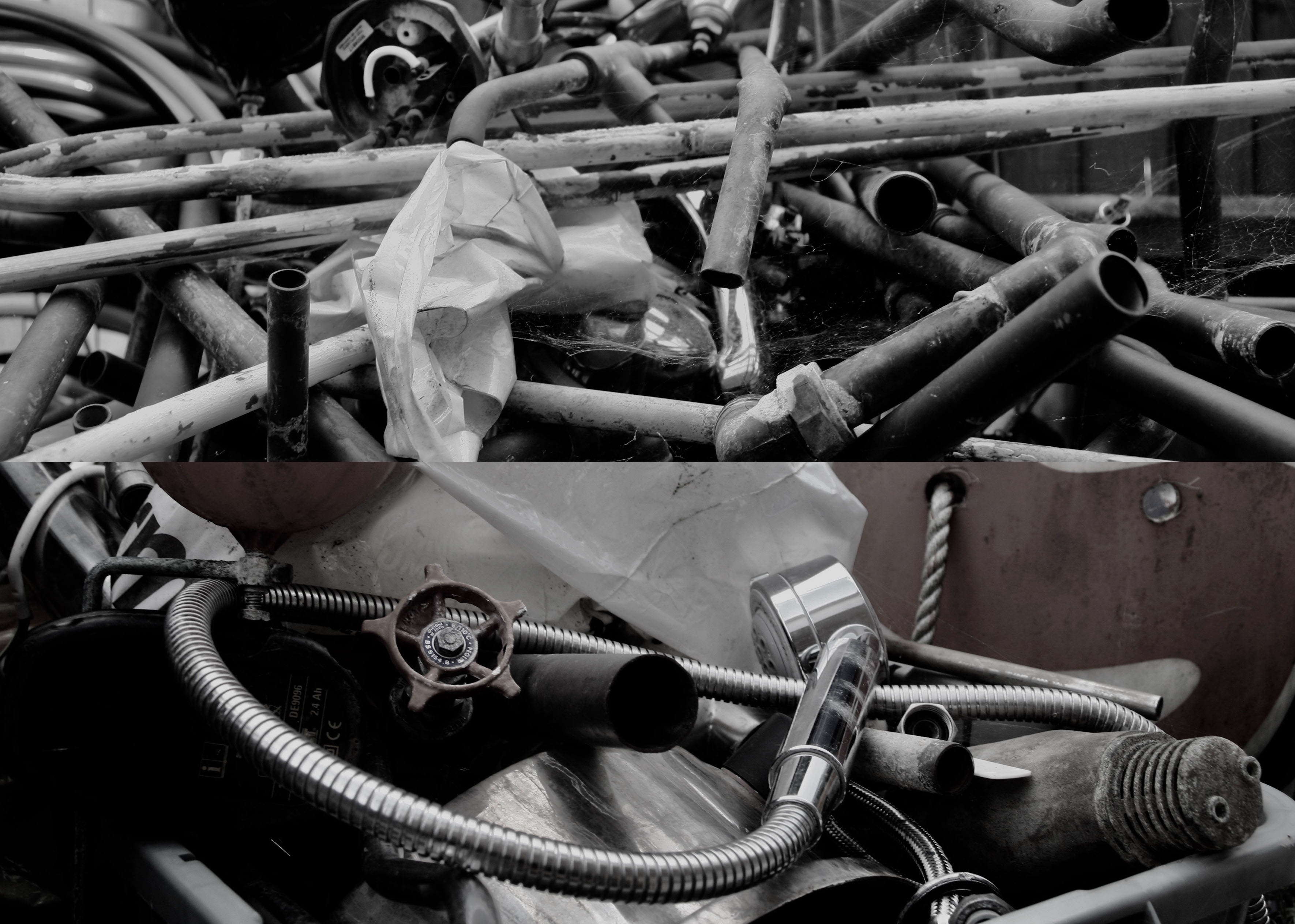
My final print is my favourite photo from my shoot which was inspired also by Ralph Eugene Meatyard but a different collection of his with is called ‘No focus’. Meatyard made his living as an optician. He was a member of the Lexington Camera Club and pursued his passion for photography outside the mainstream. He experimented with various strategies including multiple exposures, motion blur, and other methods of photographic abstraction. Two of his series are particularly concerned with focus and depth of field, both stretching the expressive potential of photography, film and cameras when looking within the ordinary world. My camera was set ISO 200-34mm-1/40-ƒ/5.6. In order for this blur affect to be achieved the aperture must be wide (smallest f-value) so that the blurred area is harsher. A long focal length and a reasonably far distance from the subject would have also been techniques that Meatyard would have used. In all this photos of this particular collection he used a colour balance of black and white, which creates cold tone. The black and white goes well with the motion blur as it creates a mirroring effect for instance the people are walking, everything is fast pace and blurry, you can see no expression from anyone, this is similar to how there is no colour expressing the atmosphere, everything is gloomy and dull. I wanted this photo to be isolated as its own as I feel it was my successful over the abstract unit.
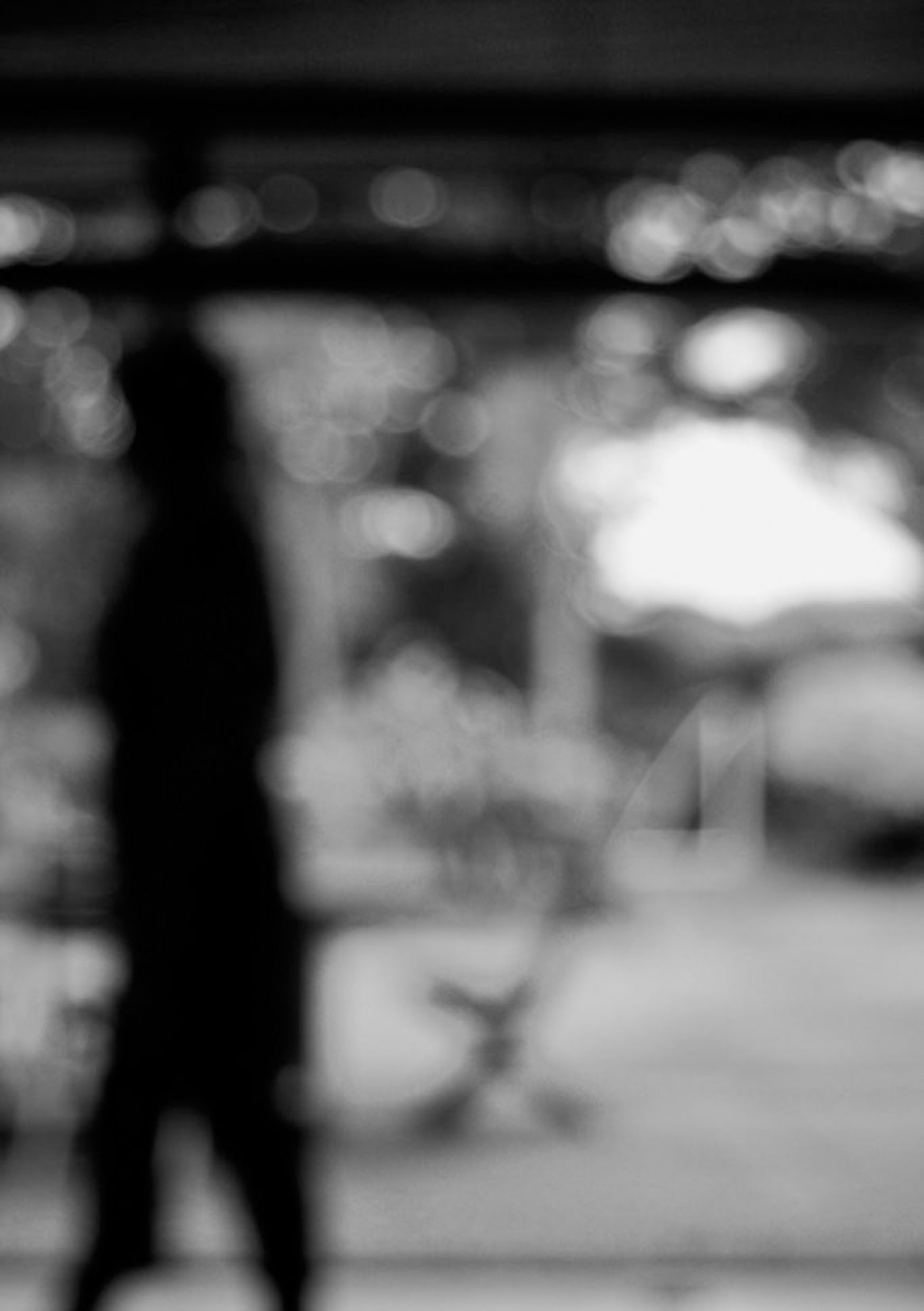
Double Exposure
In photography and cinematography, a multiple exposure is the superimposition of two or more exposures to create a single image, and double exposure has a corresponding meaning in respect of two images. The exposure values may or may not be identical to each other.
Final Outcome:

